Hiking for beginner

There are some hiking tips and advice for beginners to help them get more hiking experience!!
Hiking Tips
- Make a Plan
- Bring basic items
- Travel in groups
- Health/weather
- Wear suitable
- Walking speed
- Protect feet
- Daily Plan
Make a Plan
There must be a general plan for hiking. Before traveling, you should understand the relevant situation of the travel destination, and then make a more detailed and feasible plan. For example, the route you pass, the approximate distance you walk every day, the places you visit, how to eat, stay overnight, etc., must have a general arrangement. You can't have a purpose. You can count where you go, and where you go when it gets dark.
Bring basic items

Except for the necessary living and work items, try not to bring other items. Several people who cannot be streamlined and can use them together can bring one together to reduce unnecessary burdens during the journey. To prepare for heatstroke in summer, straw hats and water bottles are indispensable
Travel in groups
It is best to travel in groups, at least three people, and you can help and take care of each other on the way. But it is best not to have too many people, otherwise, they will interfere with each other and it will be inconvenient to move. Keep your luggage small and light, but you must bring some common medicines
Health/weather
Physical condition (for example, people with lower-limb vascular disease, skin ulcers, and flat feet are not suitable for hiking) and the climatic conditions at the time
Wear light, well-fitting shoes. Before you set off, you should carefully choose a pair of shoes that are light, comfortable, well-sized, elastic and breathable, and easy to travel. This is better to travel shoes. For the sake of safety, it is best to wear a few more days before departure and replace it in time if there is a problem. The size of the socks should also be appropriate, not too tight or too short. Do not wear new shoes, equipment of inappropriate size, and the soles should not be too thin
If it is a long-distance hiking tour, it is best to conduct several adaptive training before departure, and gradually increase the amount of exercise to enhance endurance. When walking, touch the ground with your feet, use moderate force, and keep your body balanced. Master the principle of gradual and orderly progress and acting within your capacity. For those who have never experienced long-distance walking, it is best to start with short-distance exercise and gradually increase the trip. Don't walk too fast when starting to avoid excessive physical exertion. After getting used to it, I feel confident in taking action
When hiking in summer, avoid the hottest time between 11 a.m. and 3 p.m., and wear a straw hat and fill the kettle with water to avoid heatstroke.
Walking speed
To master the walking speed, generally slow at both ends and a little faster in the middle, start walking slowly, and then speed up after a few days. Take a big break every day on the way, usually at noon. The resting place should avoid direct sunlight and low-lying, damp places.
To ensure adequate sleep time and nutritional supplements, do not just eat dry food for a long time, and try to eat as many fresh fruits and vegetables as possible.
Protect feet
Wash your feet with warm water after walking every day to relieve fatigue. When there are blisters on the soles of your feet, you can use a needle (wipe it with an alcohol cotton ball or burn it on fire) to draw out the water, and then apply a red potion to prevent infection.
Hiking up the mountain, you should lean forward slightly; climbing steep slopes should take the zigzag route; when going down the mountain, you should lean back later to relax the muscles of the lower limbs to avoid pain in the waist and legs.
Daily Plan
Hiking should determine the daily itinerary according to your physical condition, generally walking 4-5 kilometers per hour. Every time you walk, you can choose to rest in the shade, pavilion, etc. for 15 minutes to restore your strength.
Don't take the same road often, and occasionally take a long route and look at the surrounding environment. Because of the different weather and seasons, there will be different changes. Sometimes I stop to take a good look at the scenery, maybe there are discoveries.
Pay attention to rest and health care. The implementation schedule should be reasonably arranged, and sufficient room should be left and should pay attention to rest and not overwork. You may feel very hot or sweaty when you are walking. When you are resting, you must pay special attention not to sitting on the air duct to get cool for a while. Wear or put on clothes in time to prevent catching a cold.
Hiking Equipments Advice
- How to choose a backpack?
- How to Choose Trekking Poles?
- How to choose water bag?
- How to choose a Tent?
- How to choose hiking shoes?
- How to choose hiking socks?
- Outdoor walking insect-proof equipment
- Food
1. How to choose a backpack?
→ How to choose a Camping backpack?
2. How to Choose Trekking Poles?
→ How to choose and use Trekking Poles?

3. How to choose water bag?

Water tools are generally divided into water bags and thermos cups: the water bag can be placed on the top of the mountaineering bag hydration bag warehouse or the top of the mountaineering bag, and it is more convenient to drink through the water bag tube. The advantage is that you can always drink with small mouths. Can judge based on backpack weight and experience.
There are many water bags on the market, but it should be noted that some water bags cannot hold hot water.
Insulation cups need to choose a brand with a longer holding time, which is generally heavier, but it is particularly important in cold weather.
4. How to choose a Tent?
5. How to choose hiking shoes?
Hiking shoes mainly include sole, upper, shoelace, tongue, lining, and other five elements.
The sole is mainly anti-skid and shock-absorbing.
Shoe uppers are mainly used for waterproofing and breathability. At present, the most common are pure leather fabrics and leather fabrics, as well as textile mixed fabrics. For pure leather fabrics, the surface is generally sprayed with a waterproofing agent;
The inner lining adopts Gore-Tex or e-Vent. Currently, Gore-Tex is widely used and has a safety guarantee.
Basically, all hiking shoes require a certain amount of time to run in. It is recommended not to go hiking directly with new shoes. Of course, some manufacturers have zero running in.
6. How to choose hiking socks?
Hiking socks are the second barrier to foot protection. You can choose suitable hiking socks according to the mid, bottom, and high tops of hiking shoes.
The wool socks fabric is comfortable, warm and breathable, and can quickly take away the sweat produced by the feet, thereby avoiding the occurrence of foot blistering; the mixed-use of wool and synthetic materials has a shock-absorbing effect on the one hand and can reduce it on the other hand. The fiber's adsorption of water vapor.
7. Outdoor walking insect-proof equipment
Try to wear long-sleeved clothes and long trousers when hiking outdoors. On the one hand, you can avoid sunburn and prevent insects on the other. You can choose wild chrysanthemums, wormwood, etc. to repel mosquitoes to a certain extent.
Tourists try not to sit and lie in the shade of damp trees, on the grass, and by the water. If you camp in the wild, you can order wormwood, cypress leaves, and wild chrysanthemums to drive away mosquitoes.
In addition, do not set up camps near water sources such as rivers, lakes, streams, etc. There will be more mosquitoes in these places. When walking, try not to walk through the grass, which is the "home" of many insects.
If you must walk through the grass, it is best to tie the trousers well to prevent bugs from entering.
8. Food
Food is mainly composed of carbohydrates, fats, and proteins
Carbohydrates are easily digested and absorbed by the human body, thereby releasing energy required for human activities. Because of the fast digestion and absorption, this type of food is used as a road meal; the digestion process of fat is longer, so it is used as a longer energy source; protein is mainly provided for walking The source of the body during the process, so a reasonable combination will help the energy source during the hike
Related Articles:
How to choose a camping mattress/sleeping pad



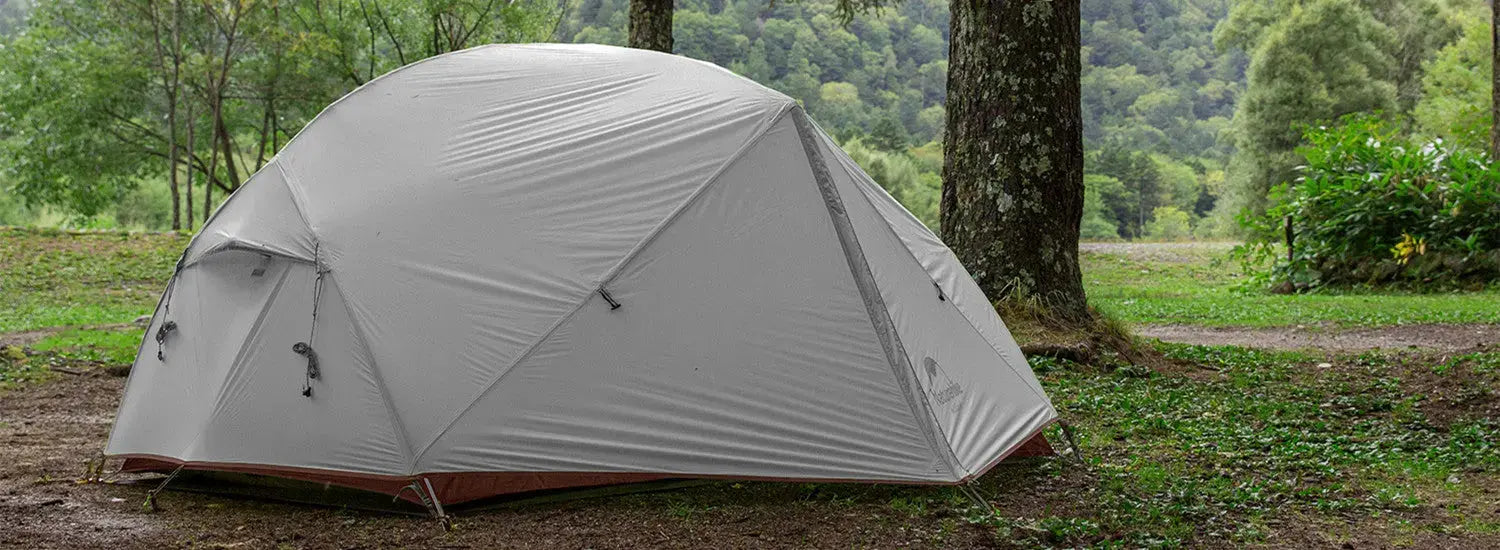
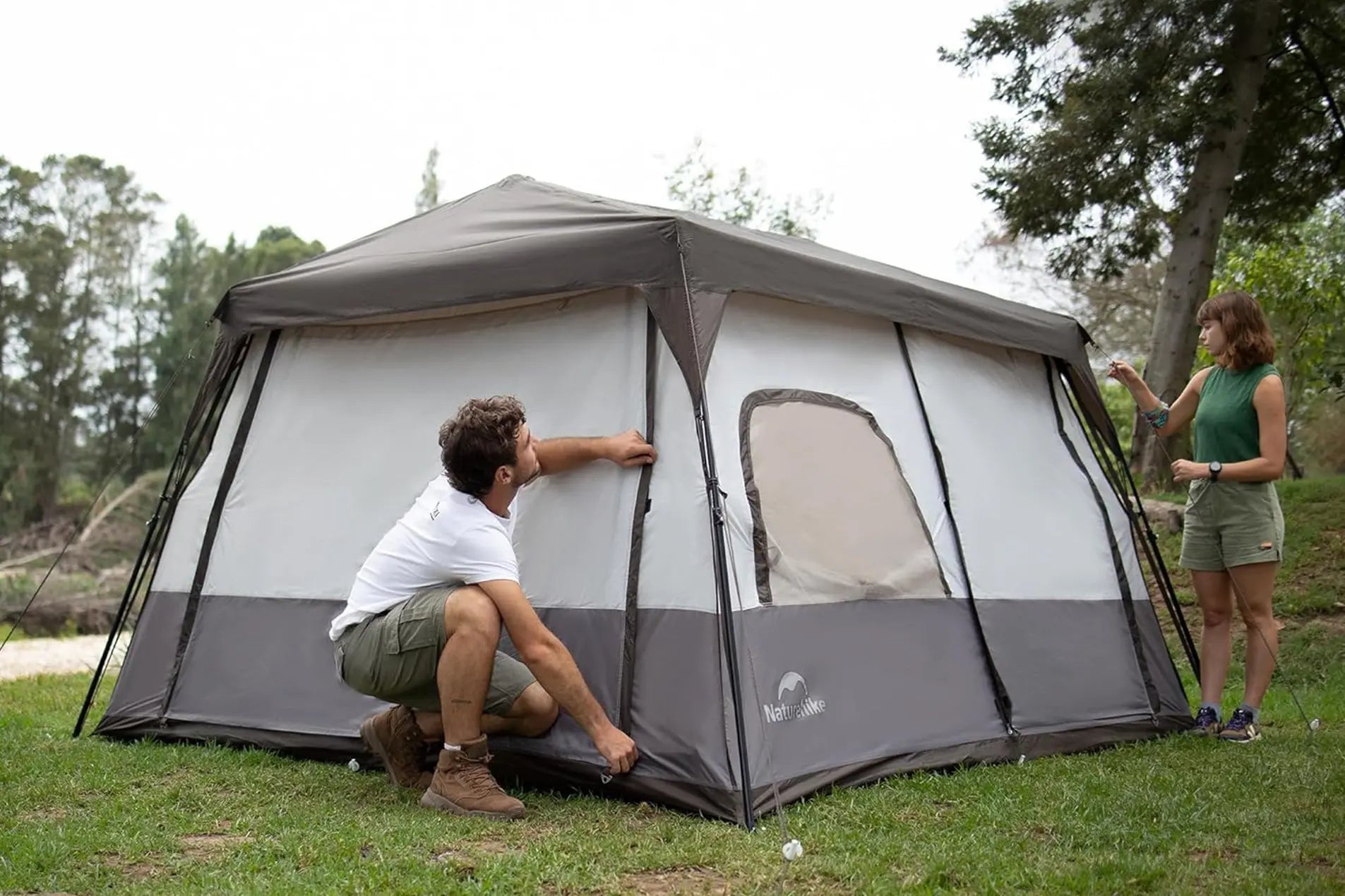
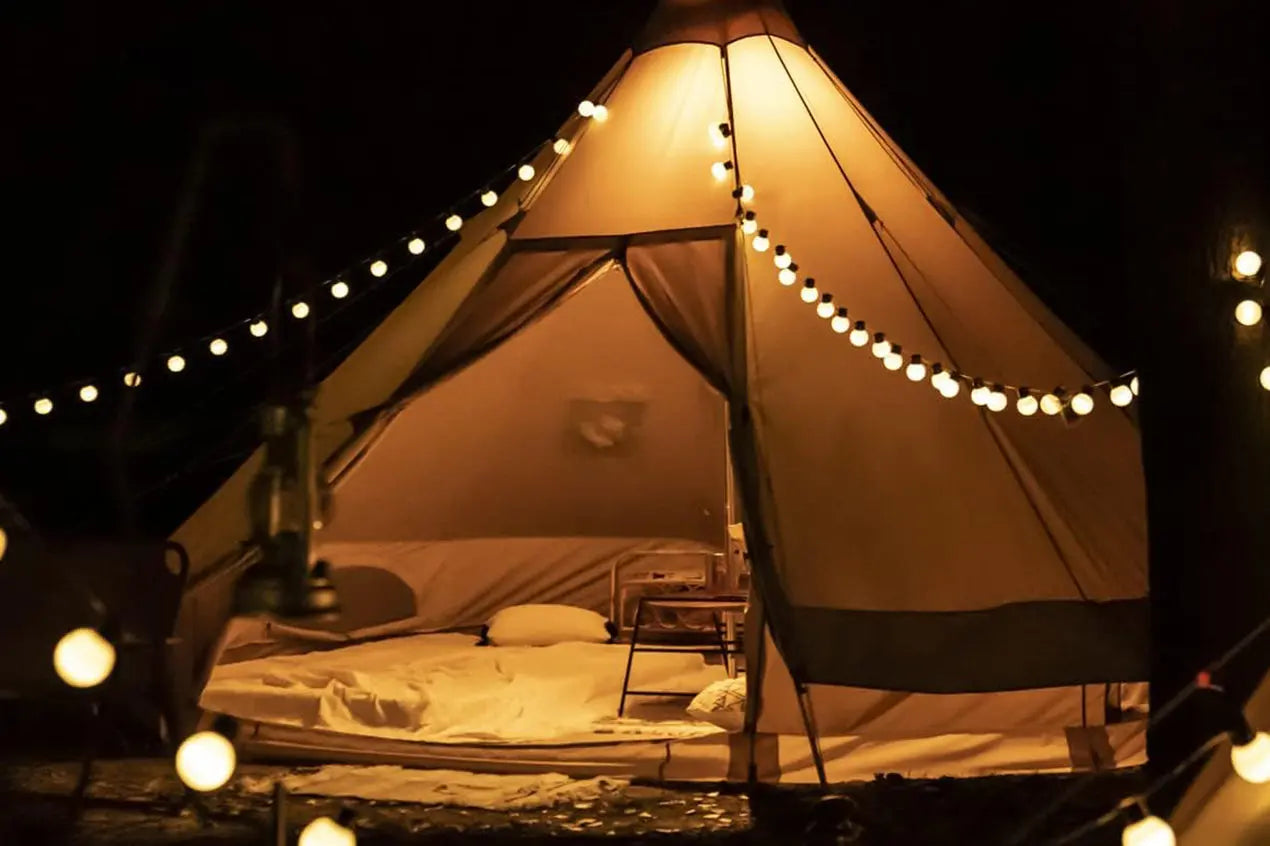
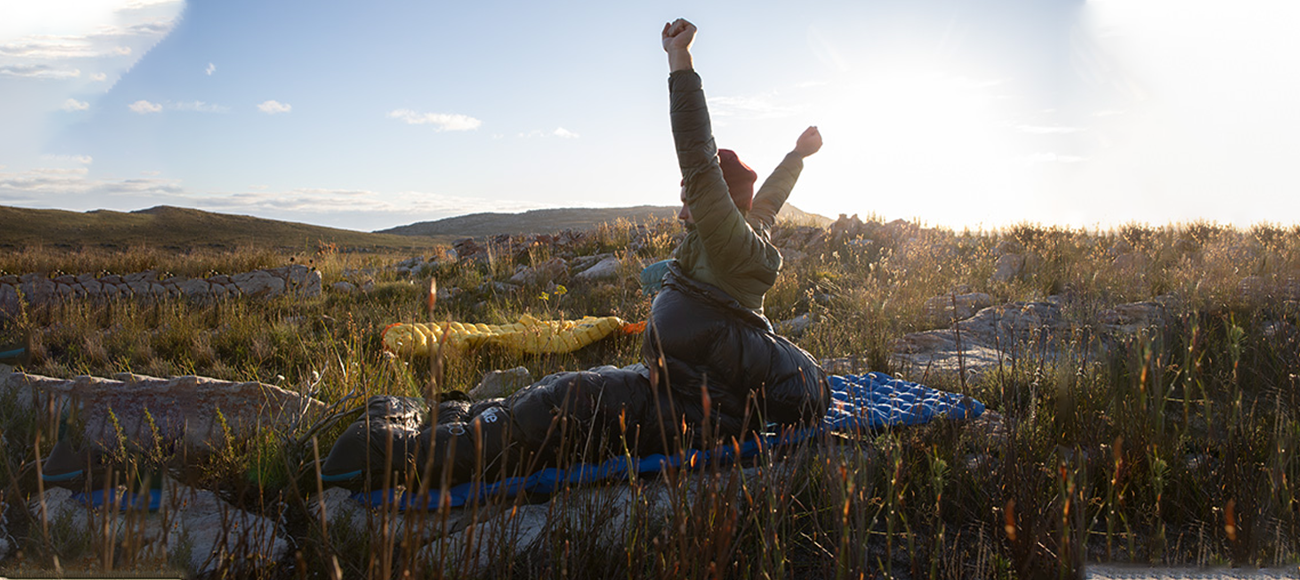

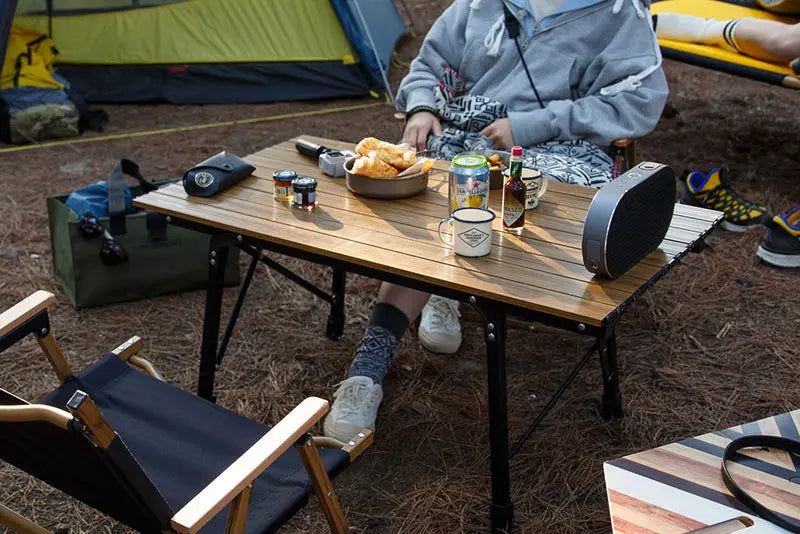

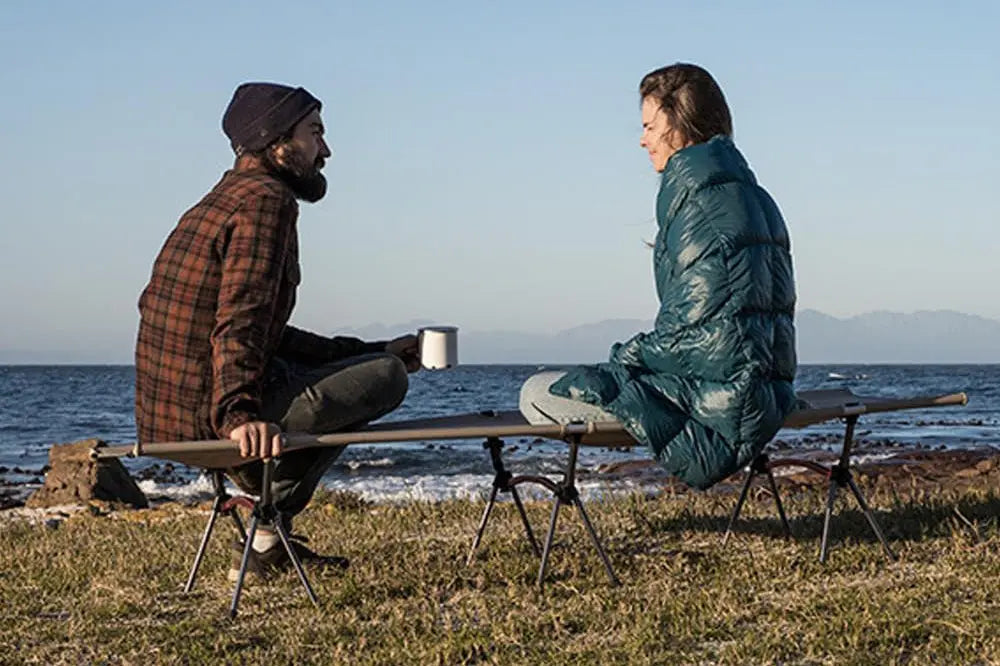
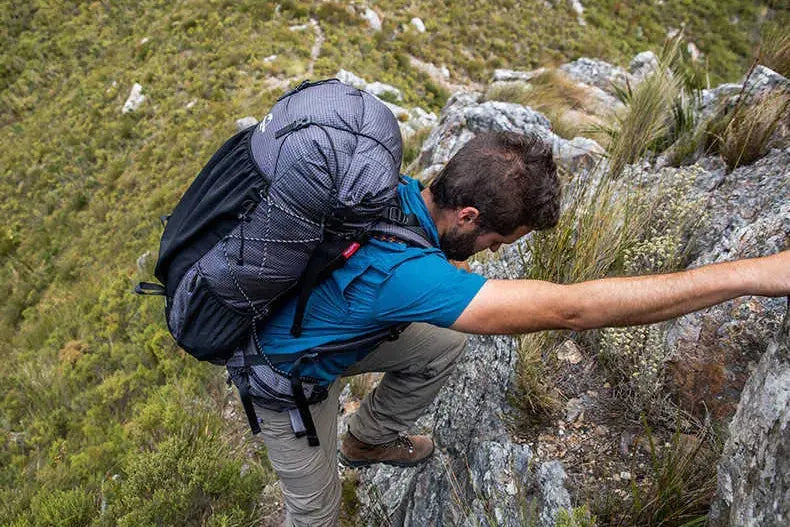


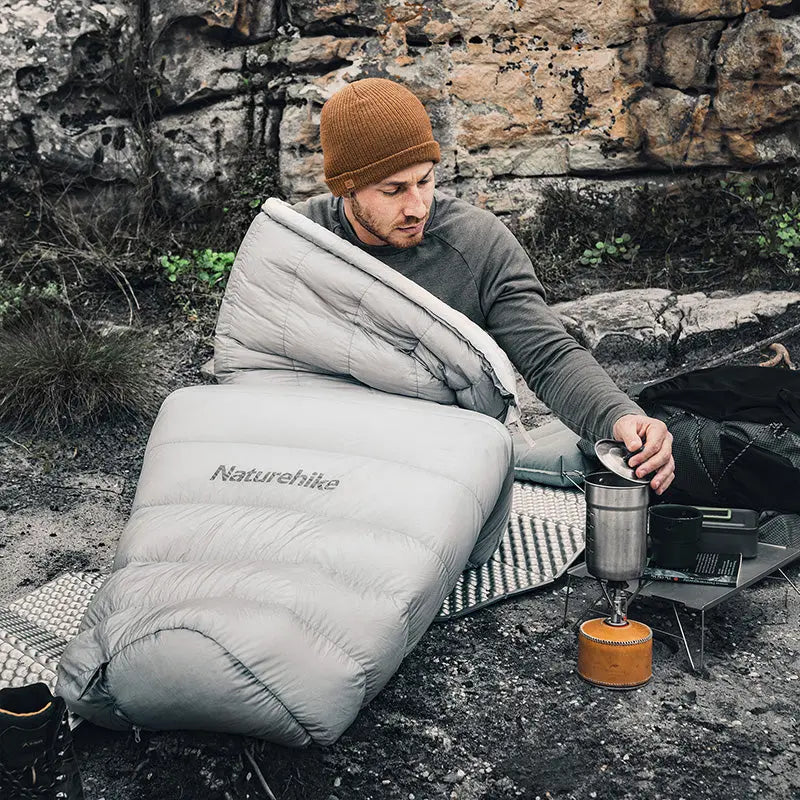

Leave a comment